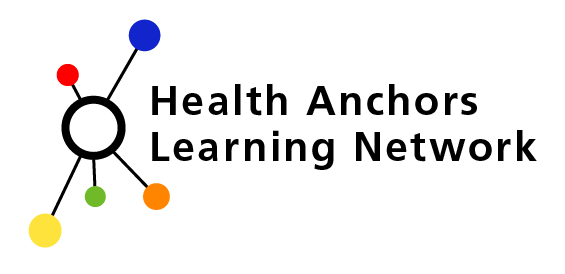Frequently Asked Questions
+ What are anchor institutions?
Anchors are large organisations – such as universities, local authorities, large community organisations, businesses and hospitals – whose long-term sustainability is tied to the wellbeing of the populations they serve. They are rooted in their place and connected to their communities.
Anchor organisations are important because they have significant assets, as well as employment and spending power and can consciously use these resources to benefit their communities.
+ How can anchors make a difference?
There are many ways their actions can make a difference to people’s lives within the areas where they are based, for example by:
- Widening access to quality work: Being a good employer, paying people the real living wage and creating opportunities for local communities to develop skills and access jobs in health and care.
- Using their spending power locally for social benefit: Purchasing supplies and services from organisations which consider their environmental, social and economic impact.
- Using buildings and spaces to support communities: Widening access to community spaces, working with partners to support high-quality, affordable housing and supporting the local economy.
- Reducing their environmental impact: Taking action to reduce carbon emissions, consumption and reduce waste and protect and enhance the natural environment.
- Working closely with local partners: Collaborating with other local anchors, organisations, services and partners to increase and scale impact.
- Listening and responding to what matters to the community: Working closely with local communities to help address local priorities and build on their energy and skills.
+ What is the Health Anchors Learning Network?
The Health Anchors Learning Network (HALN) is a UK-wide network for people responsible for, or interested in, embedding anchor approaches in their roles.
The network provides spaces and opportunities for participants to learn with peers and experts about how anchor organisations can consciously use their resources, influence and work in partnership to improve the social determinants of health and help reduce inequalities.
Anyone is welcome to join. We have a growing network of colleagues from health organisations, local authorities, education, housing the VCSE sector and businesses.
+ Who runs the Health Anchors Learning Network?
The network is delivered by Innovation Unit and supported by the Health Foundation.
+ What does the Health Anchors Learning Network do?
The network enables participants to:
- share and learn from each other’s diverse experiences;
- develop skills and learn from experts across sectors;
- create innovative practices and establish collaborations,
- problem solve together
- connect and share learning across other existing relevant geographic or thematic networks
Through its activities, HALN aims to:
- support anchors to develop their capacity and capability to maximise the economic, social and environmental impact
- grow the evidence base about the role and impact of anchors
- scale the work of anchors across the UK
- support innovation and inform policy change
+ How can I get involved?
HALN is a network where people can share, learn and explore a range of experiences and perspectives.
HALN offers a range of ways to get involved, contribute and participate.There are several ways to participate in the network, including:
- reading our blogs and case studies
- sharing your own story of anchor practice, or showcasing your organisation’s best practice in a blog or case study
- attending our online events
- sharing your expertise and resources in our webinars
- participating in targeted, problem-solving learning sets
The best place to find all opportunities is by signing up to our newsletter.
The network is free and open to everyone. We want to make sure that nobody is excluded so we are asking anybody with particular communications requirements to get in contact with the team at hello@haln.org.uk.
